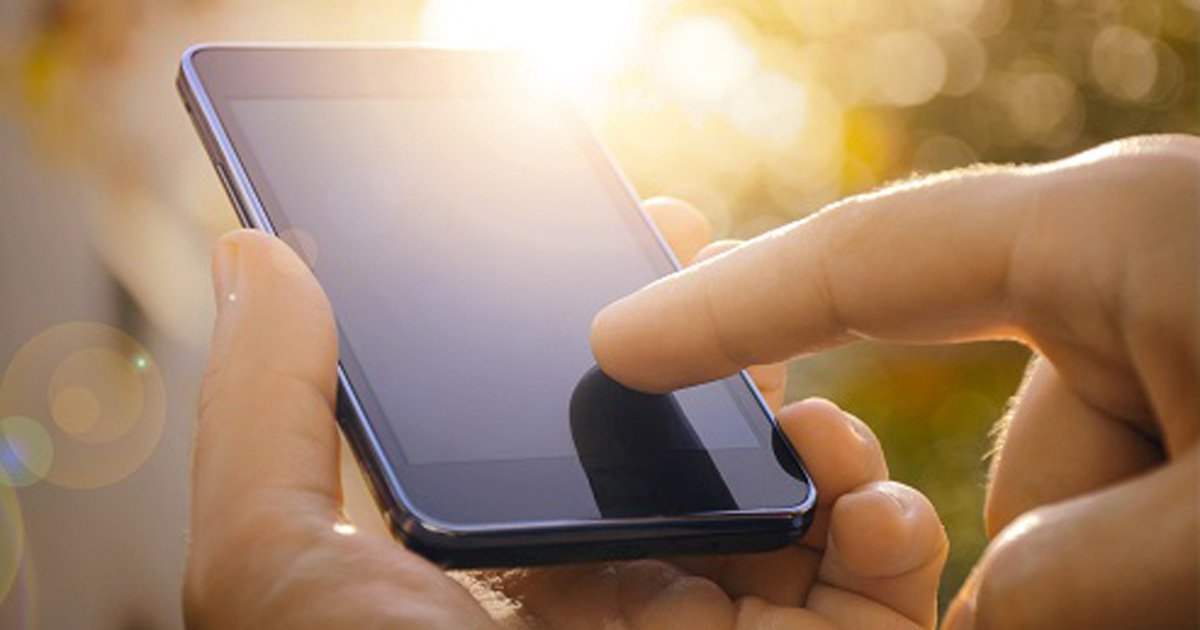Smartphone videos help diagnose epileptic seizures
Click Here to Manage Email Alerts
Smartphone videos taken by witnesses could help physicians diagnose epileptic seizures, according to a study published in JAMA Neurology.
“The findings from our study demonstrate ability of patient-generated smartphone videos to predict an inpatient video-[electroencephalogram] diagnosis of epilepsy as well as nonepileptic events in expert hands,” William O. Tatum, DO, neurologist at the Mayo Clinic, told Healio Primary Care. “Furthermore, the use of smartphone videos showed added value to a history and physical examination, especially when motor signs were present.”
Researchers conducted a prospective, masked diagnostic accuracy study at eight academic epilepsy centers in the United States between Aug. 31, 2015, and Aug. 31, 2018. The analysis included 44 patients who volunteered witness-recorded smartphone videos.
The diagnostic performance of smartphone videos was compared with the diagnostic performances of history and physical examinations and video electroencephalogram monitoring (VEM). Ten epilepsy experts and nine senior neurology residents reviewed the smartphone videos.

During the study, VEM confirmed 11 epileptic seizures, 30 psychogenic nonepileptic attacks and three physiologic nonepileptic attacks within the cohort.
Smartphone videos, when interpreted by an expert, led to an accurate diagnosis in 89.1% (95% CI, 84.2-92.9) of reviews, with a specificity of 93.3% (95% CI, 88.3-96.6). Responses from residents were less accurate for epileptic seizures and psychogenic nonepileptic attacks.
The presence of motor signs in smartphone video events increased diagnostic accuracy.
A fourth of the included smartphone videos were diagnosed correctly by 100% of reviewers, all of which involved psychogenic attacks.
The accuracy of history and physical examinations alone was 78.6%, which increased to 95.2% when combined with the use of smartphone videos.
When using a smartphone video and history and physical examinations, the odds of a correct diagnosis were 5.45 greater (95% CI, 1.01-54.3) than using history and physical examinations alone.
Tatum said physicians should recommend that their patients have smartphone videos taken of their seizures when possible, because “in about a quarter of cases smartphone videos were highly useful in excluding epilepsy by all video raters, suggesting redirection of treatment could follow without delay.
“In addition to routine history and physical examination, smartphone videos interpreted by experts provided added value and that could improve management and limit misdiagnosis,” he said. – by Erin Michael
Disclosures: Tatum reports receiving research support from Engage, Esai, LivaNova, the Martin Family Foundation and the Mayo Clinic; royalties from Demos Publishers Inc. and Springer Publishing; and speaker fees from the American Academy of Neurology, American Clinical Neurophysiology Society and the American Epilepsy Society. He is also editor-in-chief for Epilepsy & Behavior Reports and holds patents on intra operative monitoring sensor devices. Please see study for all other authors’ relevant financial disclosures.
